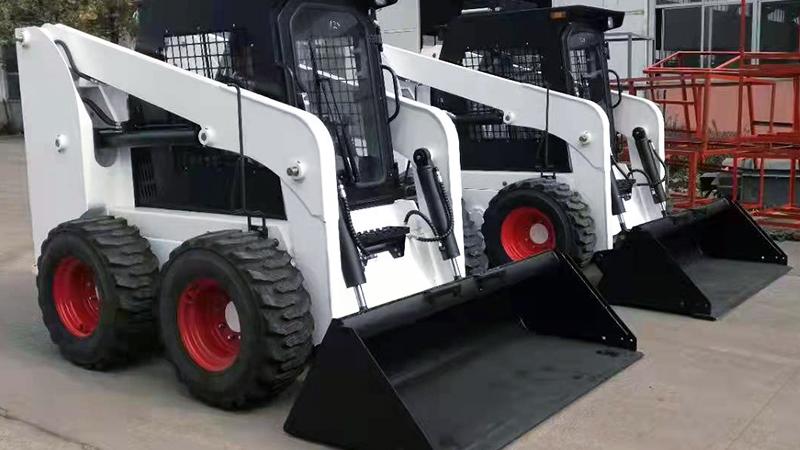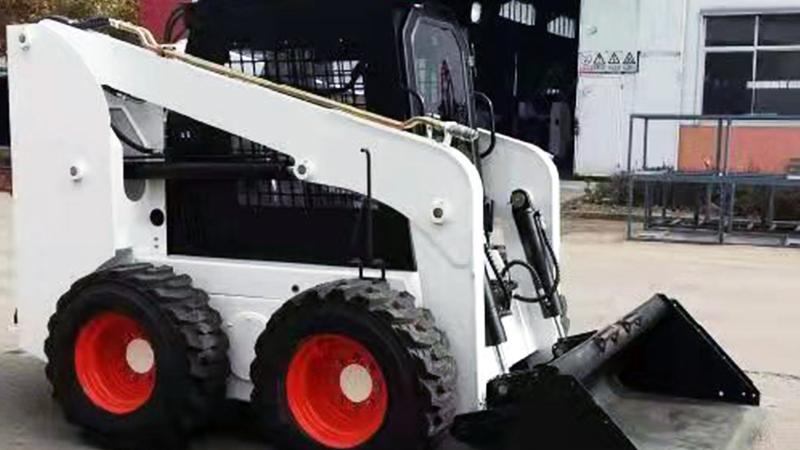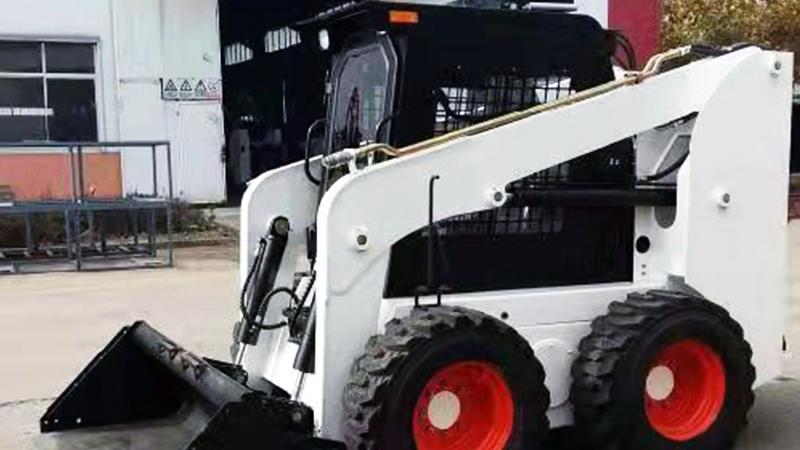The skid steer loader is renowned across construction, agriculture, and landscaping for its compact size, exceptional versatility, and impressive agility. A critical decision facing any prospective buyer or operator, however, lies in the choice between two fundamentally different lifting arm mechanisms: the traditional radial lift path and the more modern vertical lift path. This distinction is not merely a minor specification detail but a core design philosophy that profoundly influences the machine's capabilities, stability, and suitability for specific tasks. Understanding the difference between radial and vertical lift is paramount for selecting the right skid steer for the job, optimizing productivity, and ensuring safe operation. At its most basic, the difference can be visualized in the arc described by the loader arms and attachment as they rise from the ground to their maximum height. A radial lift path follows a curved, arcing motion, much like a human arm bending at the elbow, where the attachment moves both upwards and significantly backwards towards the machine as it lifts. In contrast, a vertical lift path is engineered to keep the attachment on a much straighter, more upright trajectory, minimizing the rearward arc and allowing the load to be lifted nearly straight up, especially at higher boom elevations. This fundamental difference in geometry dictates everything from the machine's reach and dump height to its stability and peak lift capacity, making it one of the most consequential choices in the skid steer selection process.
The radial lift path represents the original design for skid steer loaders and is characterized by its simple, robust mechanical operation. The lift arms on a radial lift machine are typically a single, one-piece design that pivots at a single point near the operator's cab. As the arms raise, the attachment, such as a bucket, naturally swings in an arc towards the machine. This design offers several distinct advantages. Firstly, radial lift machines often provide superior forward reach at mid-height elevations, making them exceptionally well-suited for tasks like loading trucks from a pile where the operator needs to dump the load into the center of the truck bed without having to drive extremely close to the edge. The curved path can also be advantageous for certain grading and backdragging applications. Furthermore, due to their simpler design with fewer pivot points, radial lift skid steers are often mechanically less complex, which can translate to lower initial purchase costs and potentially reduced long-term maintenance. However, the radial design has significant limitations. The most notable is the loss of forward reach as the arms approach their maximum height. This can make it challenging to place a load over a high wall or into a tall container, as the bucket retracts backwards, forcing the operator to maneuver the entire machine closer to the obstacle, often in tight and confined spaces. Additionally, the lift capacity of a radial lift machine is typically highest at ground level and decreases as the arms rise, which can be a constraint when handling heavy loads at height.
In response to the limitations of the radial lift path, manufacturers developed the vertical lift system, which has become the dominant design for high-performance and high-capacity skid steers. The vertical lift mechanism utilizes a more complex linkage system, often with two pivot points on the lift arm, creating a "parallel-link" or "multi-link" geometry. This engineering feat forces the lift arms to maintain the attachment in a much more vertical orientation throughout a significant portion of the lift cycle. The primary advantage of this design is its ability to maintain much greater forward reach at full lift height. This allows an operator to lift a load and place it precisely over a high point, such as onto a scaffold, into a high-sided dump truck, or over a wall, without the need to dangerously approach the edge. This capability is invaluable in a vast range of applications, from construction and material handling to agriculture. Furthermore, vertical lift skid steers are designed to have their maximum lift capacity positioned higher in the lift path, often at full height or just before, making them significantly more powerful and stable when handling heavy pallets, I-beams, or other substantial loads at elevation. The trade-offs for this enhanced performance include a generally higher purchase price due to the more complex linkage system and a slightly reduced forward reach at lower to mid-heights compared to an equivalent radial lift model. The vertical path can also feel less intuitive for operators accustomed to the pronounced arc of a radial lift machine.
Choosing between a radial lift and a vertical lift skid steer ultimately comes down to a thorough analysis of the primary tasks the machine will perform. There is no universally "better" option; rather, each is superior within its specific operational niche. A radial lift skid steer is an excellent choice for applications where the work is predominantly "load and carry" at low to medium heights. Its strengths shine in tasks like digging into a pile and loading trucks at ground level, general farm work, landscaping grading, and snow removal where maximum forward reach at mid-height is more critical than dump height. Its typically lower cost also makes it a compelling option for budget-conscious operations or for users who do not require high-reaching capabilities. Conversely, a vertical lift skid steer is the undisputed champion for tasks that demand precision placement at height. It is the go-to machine for construction sites where loading high-sided containers, placing materials on second-story floors, or working with pallet forks is a daily occurrence. Its superior stability and high-lift capacity make it safer and more efficient for handling heavy loads aloft. For a rental fleet or a multi-purpose operation where the machine will face a wide and unpredictable variety of tasks, the versatility and high-performance ceiling of a vertical lift model often make it the more future-proof and capable investment. In conclusion, the difference between radial and vertical lift is a fundamental determinant of a skid steer's character and capability. By carefully matching the lift path design to the specific demands of the job, owners and operators can ensure they harness the full potential of their skid steer, maximizing both productivity and return on investment.
Post time:Sep.29.2025



